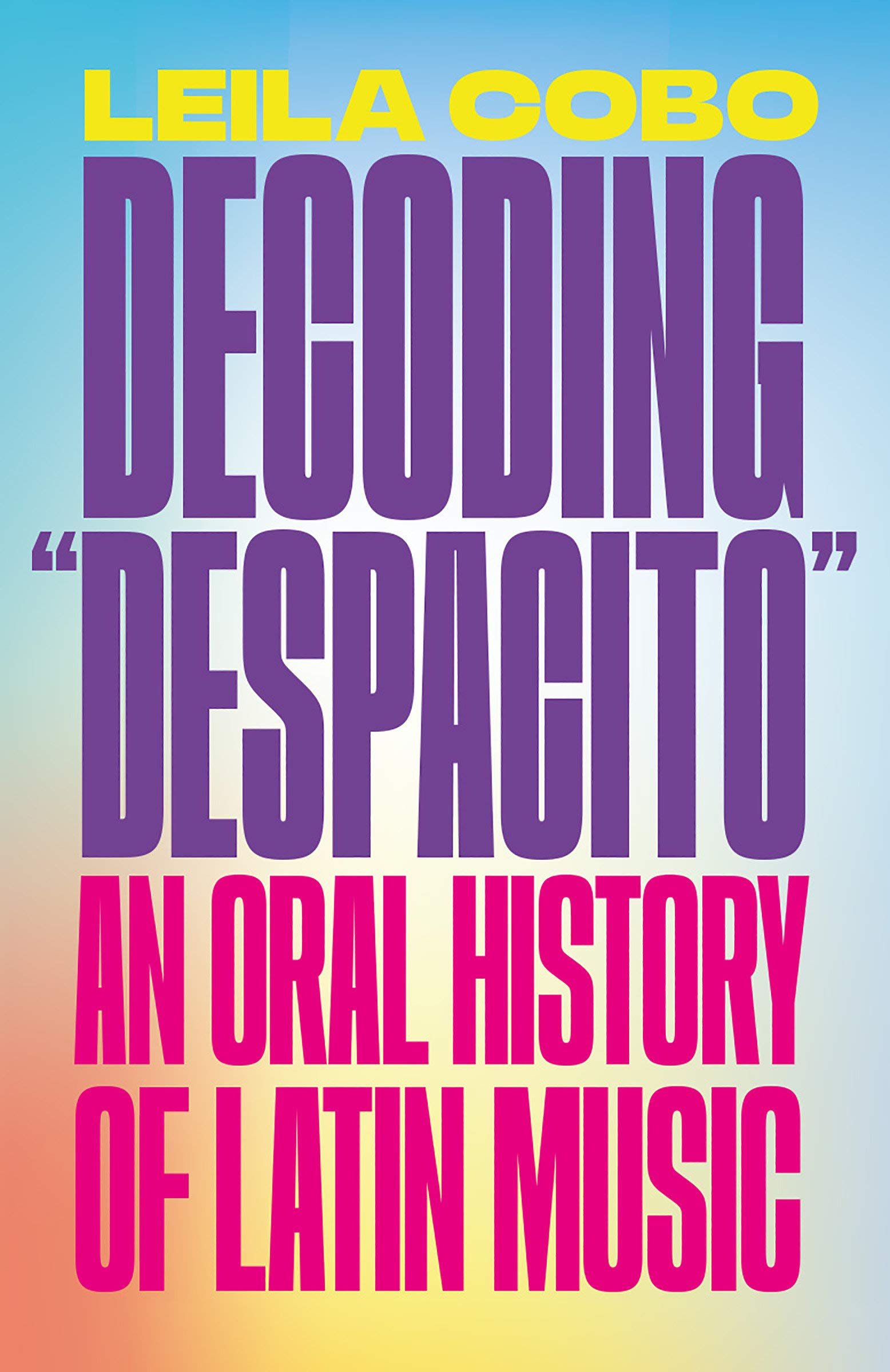“This is a great time capsule of latinx music from 1970 all the way to 2018. ”
Decoding Despacito analyzes the impact of 19 songs from Latin American artists. It analyzes songs from “Feliz Navidad” by José Feliciano (1970) to “Malamente” by Rosalia (2018). Lelia Cobo breaks down who is involved with the song and sheds light of the hard work and impact each song has had from multiple perspectives. Each chapter is compiled from interviews from the artist or producer themselves but also family members of the artists. I loved how going into each song all the players involved did not anticipate the song to become as popularized as it did.
As an avid music listener, I loved learning about the history of the song and how confident a lot of the musicians were in their song. They often wanted to prove how songs sung in Spanish have the power to deliver their message even when some listeners don’t speak the language. For instance, Carlos Santana is mentioned for his song “Smooth”. Santana is not a singer, instead as a guitar player, "Smooth” has become an anthem for latinx community through his guitar skills. As soon as you hear the guitar introduction to the song, you know it’s Carlos Santana and you know it’s “Smooth.” Not only do the vocals represent the latinx community but the video was shot in Spanish Harlem that serves as a visual reference as well. There is so much thought that went into this legendary song and explains how it was the #1 song of the 1990s.
The section on Shakira’s “Whenever Wherever” was also iconic as Shakira was already succeeding in the latinx community. She broke out of her mold by releasing an English-language album as a latinx artist. Shakira was very involved with her music as she knew she wanted to record with a flutist from Argentina. She worked closely with the flutist to ensure that they were executing the melody Shakira had pictured in her head. Shakira came up with the lyrics while she was driving home from a late night. She first recorded the song in Spanish and then received help to record it in English. Shakira was known for being extremely intelligent and had attention to detail. She would bring a yellow notepad with her and take copious notes. I especially love her attention to making her iconic music video. She wanted to feel elemental and primary, which is why she is seen dancing barefoot with her hair down. She is embodying the music that she feels, which quickly became an iconic way of signing and dancing.
Of course, “Despacito” is covered and all the songs leading up to “Despacito” explain how the stage was built for it to take off and become as popularized as it became. “Despacito” is recognized as a catalyst that did not have to rely on the English language. Luis Fonsi and Daddy Yankee had created the song in Spanish and were already receiving a lot of attention from the latinx community. However, when Justin Bieber heard the song in a club in Colombia, he wanted to be involved in a remix. Bieber learned to sing in Spanish and honor the message of the song. There was some backlash on Bieber “appropriating” the Spanish language but Andres Torres, a co-producer, states that Justin Bieber is singing a song in Spanish and it happens to be #1. Mauricio Rengifo, another coproducer, stated that the effort that Bieber took to sing in Spanish is a symbolic gesture of respect toward the latinx culture and language.
This is a great time capsule of latinx music from 1970 all the way to 2018. In the author’s note Cobo states that she is interested in writing a sequel in the future and I really hope she does so I can learn more about latinx musicians and their history!
Leila Cobo is the vice president and Latin industry lead at Billboard and heads the Billboard Latin Music Conference. She has published two novels and three books about Latin music, including a top-selling biography of the late Jenni Rivera.
Mariana Felix-Kim (she/her) lives in Washington, D.C. with her lovely cat, Leo. When she is not working in the environmental science field, Mariana is constantly reading. Her favorite genres include non-fiction, thrillers, and contemporary romances. Mariana is half Mexican and half Korean. You can find her on Instagram: @mariana.reads.books










